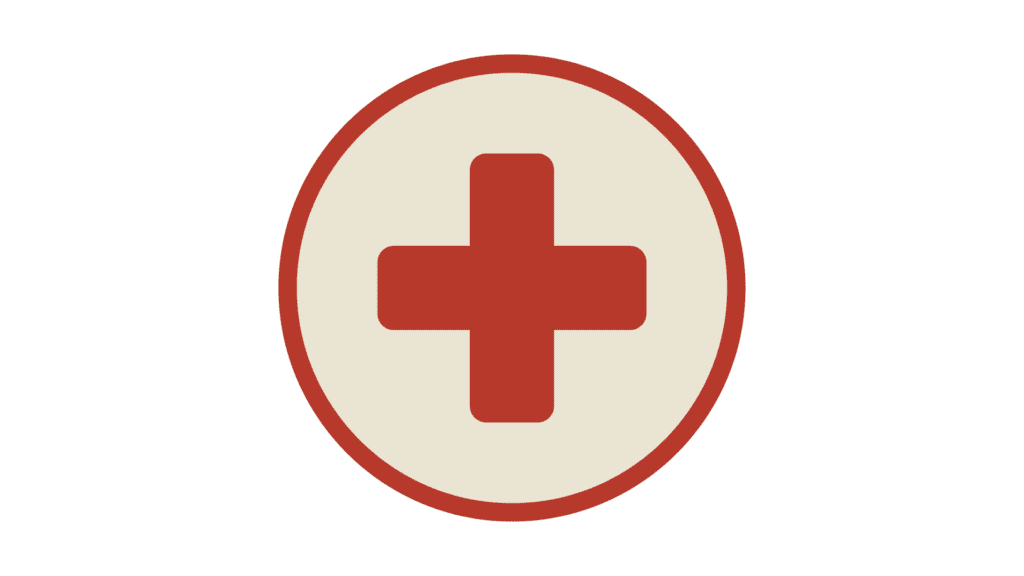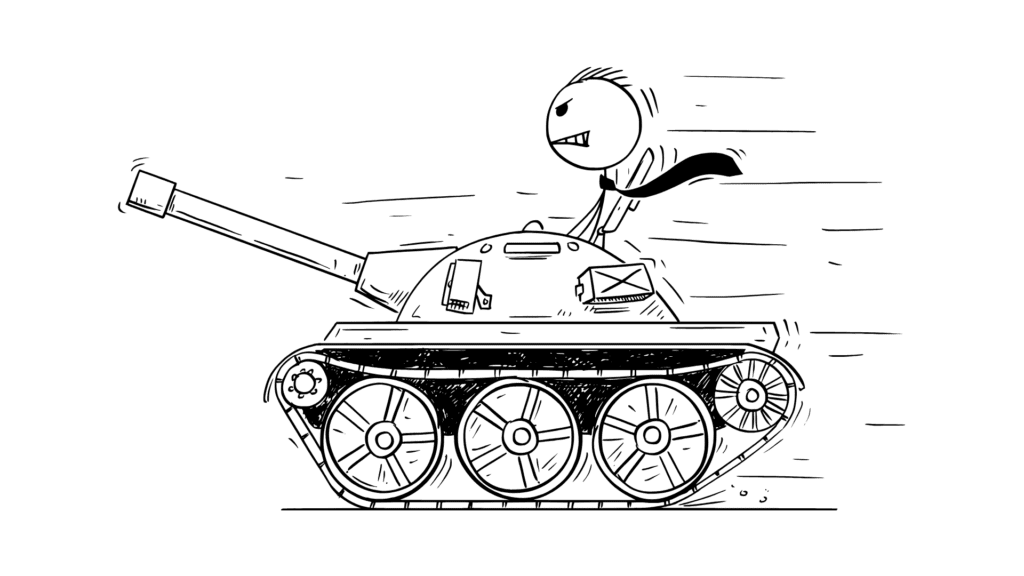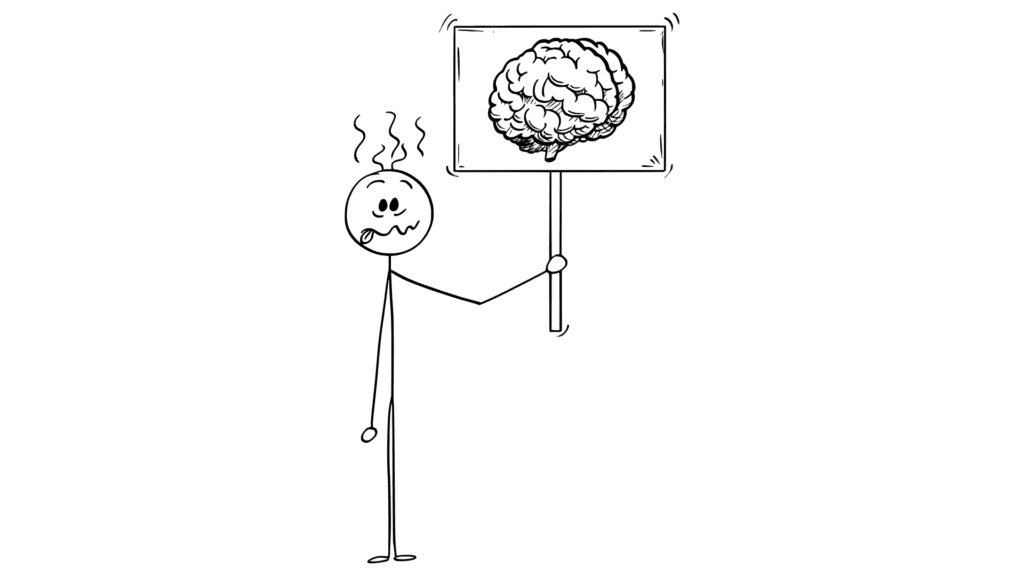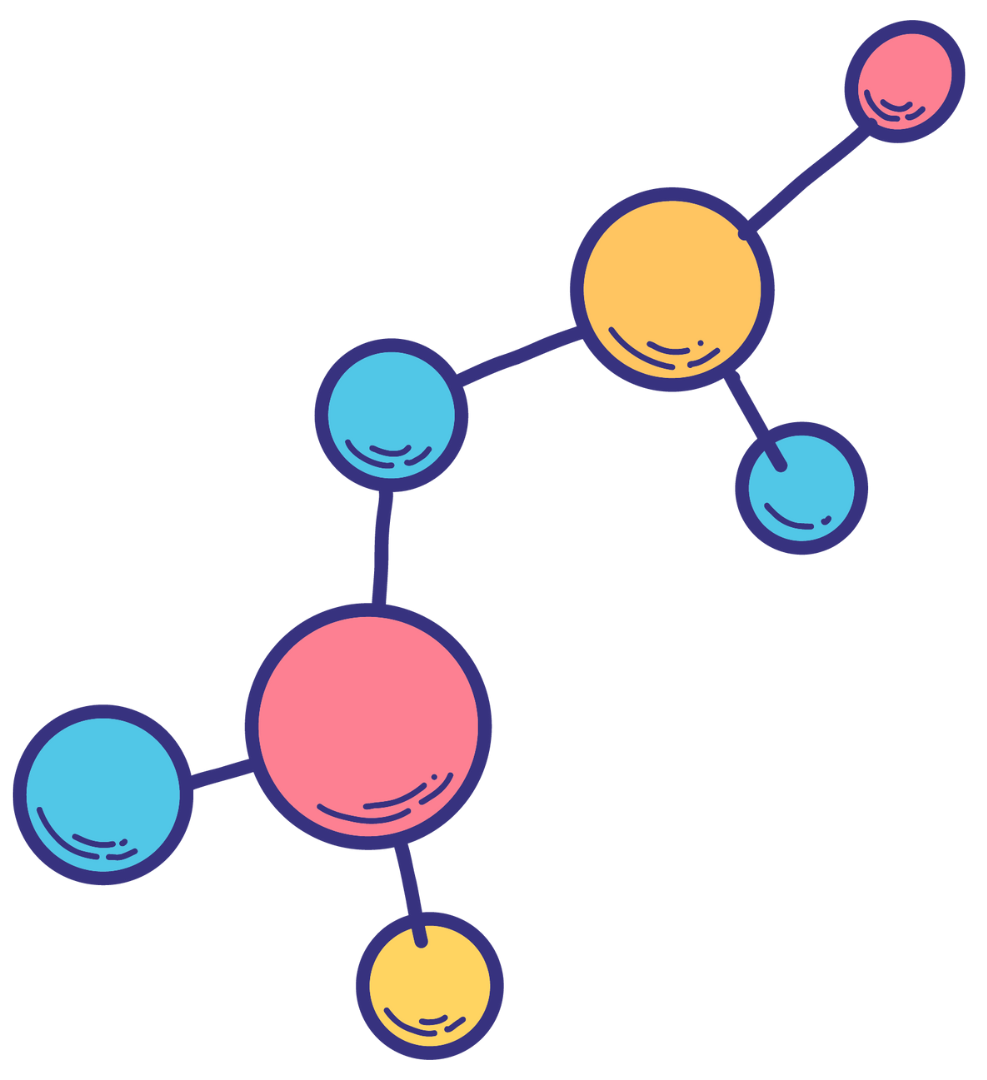How Does the International Red Cross and Red Crescent Movement Help in Improving Public Health?

The Red Cross emblem is one of the most recognized symbols worldwide, but most people don’t understand the massive scale of public health work happening behind that simple red cross or crescent.
While known primarily for disaster response, the International Red Cross and Red Crescent Movement has evolved into a global public health force that shapes health outcomes for millions of people, especially in places where few others dare to go.

When disaster strikes, they’re already there
When earthquakes level cities or hurricanes flood coastlines, the Red Cross Movement deploys immediately with a comprehensive health response:
Emergency medical teams set up field hospitals within hours, providing trauma care, emergency surgery, and treatment for acute injuries.
Water and sanitation experts establish clean water sources and proper waste disposal to prevent deadly disease outbreaks that often kill more people than the initial disaster.
Mental health specialists address the invisible wounds of trauma through psychological first aid and long-term support programs.
What makes their disaster response unique is the combination of global resources with local knowledge. The 192 National Societies mean local Red Cross volunteers are already embedded in communities when disasters hit.
The dangerous work of healthcare in war zones

In conflict zones where healthcare systems have completely collapsed, the International Committee of the Red Cross (ICRC) runs some of the most challenging medical operations on earth.
War surgery programs treat victims of bombings, shootings, and landmines with specialized trauma approaches developed over decades of conflict medicine.
Hospital rehabilitation restores damaged health facilities, providing everything from generators to surgical equipment in places where supply chains have broken down.
Neutral medical transport evacuates wounded civilians and fighters across front lines, navigating complex negotiations with armed groups to protect the wounded.
The Red Cross’s neutral status allows them to work on all sides of conflicts, reaching vulnerable populations that other organizations simply cannot access.
Building disease defenses from the ground up
Beyond emergencies, the Movement runs massive disease prevention programs that reach millions:
Vaccination campaigns immunize children against preventable diseases in remote areas where national health systems don’t reach.
Malaria prevention includes distributing millions of bed nets and training community health workers to recognize and treat symptoms early.
HIV/AIDS programs combine education, testing, treatment support, and fighting stigma to address the full spectrum of the epidemic.
Water and sanitation infrastructure prevents waterborne diseases through wells, pumps, and latrines that continue working long after the Red Cross teams leave.
These prevention efforts save countless lives by stopping health crises before they start.
Your local Red Cross is probably saving lives right now
National Red Cross and Red Crescent Societies implement community health programs tailored to local needs:
Maternal and child health services provide prenatal care, safe deliveries, and infant nutrition support in underserved communities.
First aid training creates networks of community responders who can address emergencies before professional help arrives.
Blood donation services ensure hospitals have reliable access to safe blood products for surgeries and emergencies.
Chronic disease management helps communities address growing challenges like diabetes and heart disease through screening and education.
These programs leverage the Movement’s massive volunteer network to extend healthcare into areas with critical shortages of medical professionals.
Mental health: The revolution happening quietly

The Red Cross Movement has been at the forefront of recognizing mental health as essential to public health:
Psychological first aid is now integrated into all disaster responses, addressing immediate trauma reactions.
Community-based psychological support trains local volunteers to recognize signs of distress and provide basic counseling.
Long-term mental health programs help communities recover from collective trauma after conflicts or disasters.
This work is breaking down stigma around mental health in cultures worldwide and establishing new standards for holistic emergency response.
When millions migrate, health moves with them
As conflicts and climate change force more people from their homes, the Movement provides critical health services along migration routes:
Mobile health clinics follow migration patterns to provide care at key transit points.
Health screening stations at border crossings identify and treat urgent medical needs.
Refugee camp health services provide ongoing care in temporary settlements that sometimes last for decades.
Family reunification reconnects separated families, addressing the profound mental health impacts of family separation during crises.
These services fill crucial gaps for people who fall outside national healthcare systems while in transit.
When pandemics threaten, they’re on the frontlines
COVID-19 highlighted the Movement’s unique capabilities in pandemic response:
Community-based surveillance detected outbreaks through their volunteer networks.
Risk communication fought misinformation through trusted local messengers.
Vaccination support helped reach remote communities skeptical of outside authorities.
Health system reinforcement provided staff, supplies, and facilities when hospitals were overwhelmed.
This builds on decades of experience with other disease outbreaks from Ebola to cholera.
Building health systems that last
Perhaps most importantly, the Movement strengthens local health capacity rather than creating dependency:
Healthcare worker training builds local expertise that remains after international teams leave.
Hospital support programs provide equipment and expertise to existing facilities instead of parallel systems.
Volunteer health networks create sustainable community resources for ongoing health promotion.
Health policy development helps governments create more effective national health systems.
This focus on capacity building multiplies their impact far beyond what direct service alone could achieve.
A global health force like no other
What makes the Red Cross and Red Crescent Movement unique in public health is their unparalleled combination of:
Global reach with local presence in nearly every country Neutral status allowing access to areas others can’t reach Massive volunteer network extending beyond professional staff Comprehensive approach addressing immediate needs and root causes
While other organizations might excel in specific aspects of health work, few can match the Movement’s ability to operate across the full spectrum of public health challenges, from individual emergencies to global pandemics.
